‘Neon Lights’ is a 2022 indie psychological thriller directed by Rouzbeh Heydari. It’s a film that explores taut family dynamics and childhood traumas. The movie builds suspense by keeping itself shrouded in mystery and ambiguity and does a good job of holding the audience’s attention and curiosity. Much of the film revolves around the plot of an off-site family gathering that starts as a tense reunion between three adopted brothers and soon descends into murder and madness. The narrative of the movie mirrors its protagonist, Clay, in being unreliable and irregular, by constantly flickering between different ideas and plotlines while trying to hold onto its nucleus to resemble some sense of normalcy and control. The ending of ‘Neon Lights’ leaves a lot of questions unanswered. Here are some of them answered. SPOILERS AHEAD!
Neon Lights Plot Synopsis
The story starts with the Tech Tycoon, Clay Amani losing control in an interview when faced with difficult questions about his and his company’s future, which both seem steadily going downhill. After his meltdown, he attends therapy to work on his issues and past. Other characters provide a constant encouragement for Clay to let go and move on, and now after his therapist— Laila’s similar insistence Clay finally complies.
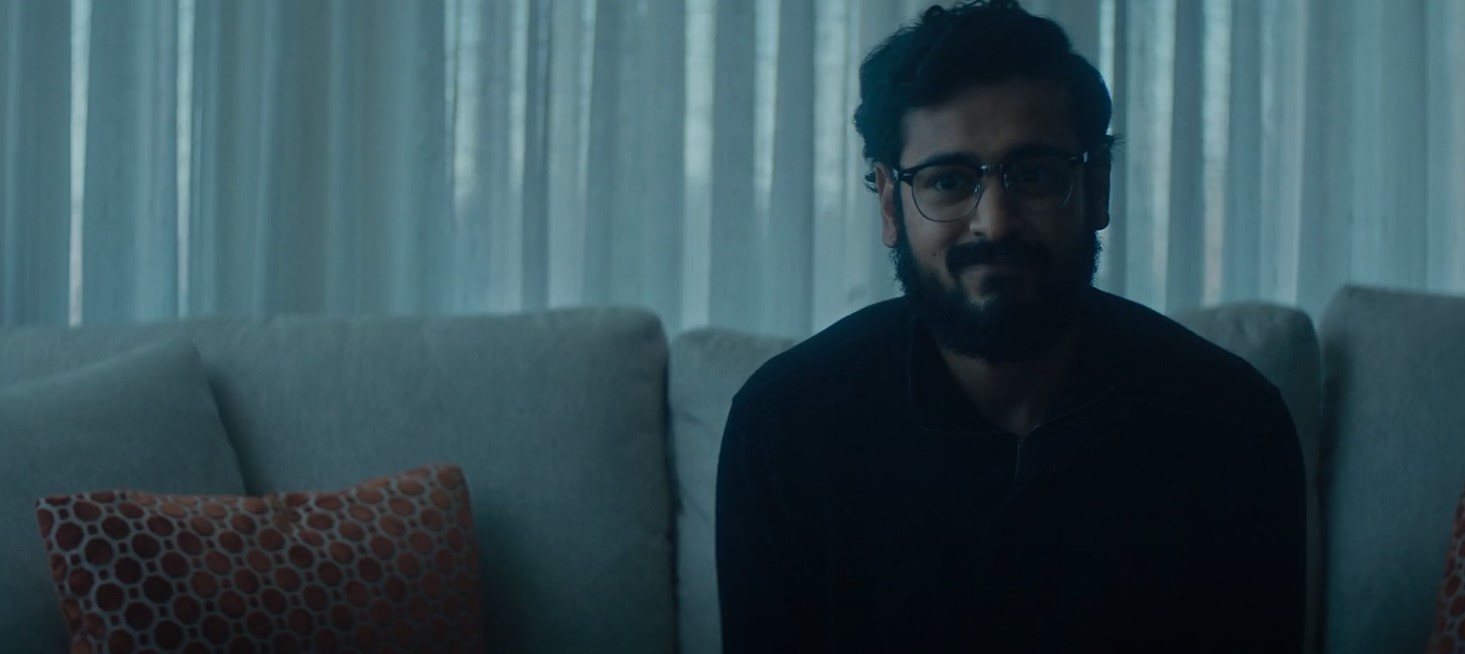
He invites his family— James and Benny, his brothers, Clarissa Benny’s wife, and Blair, their daughter, out to an off-site mansion. The beginning of this reunion is full of tension between Clay and his brothers, with Benny accusing him of abandoning them and expressing his complete disdain and distrust for him. Throughout all this, the shadow of a man, later revealed to be Denver Kane follows Clay around and haunts his every move.
Clay remains in a constant battle with his psyche, often blaming himself for everything that goes wrong. Though he wears a mask of stability around other people, it is when he is alone or in the sole presence of Denver Kane that he slowly but deeply starts to unravel. The narrative shifts between his breakdowns around his therapist, his vague future at a mental institution, and the assumed present timeline of him with his family.
As Clay continues to lose his sanity due to the presence of his brothers and Denver, misfortunes start to befall his family. One after the other, his family members are gruesomely murdered as the mystery around Clay and his motive grows bigger and bigger. Eventually, Denver Kane, the mysterious man from the shadows, is revealed to be behind the murders, and through the haphazard and frantic jumps between the three plotlines, Clay tries to save Clarrisa and Blair from their doom.
Neon Lights Ending: Who is Denver Kane?
Denver Kane is initially introduced as a strange man who seemingly controls Clay by influencing his thoughts and decisions. He repeatedly manipulates Clay into believing he is an irreplaceable resident in Clay’s life and that Clay will always need his help. His character comes across as menacing from the start, almost as the perfect personification of Clay’s insecurities and worst anxieties. Though the mystery of Denver Kane’s identity persists for a time, he is eventually revealed to be Clay, James, and Benny’s adoptive and abusive father. But the character of Denver Kane isn’t the man in the flesh.
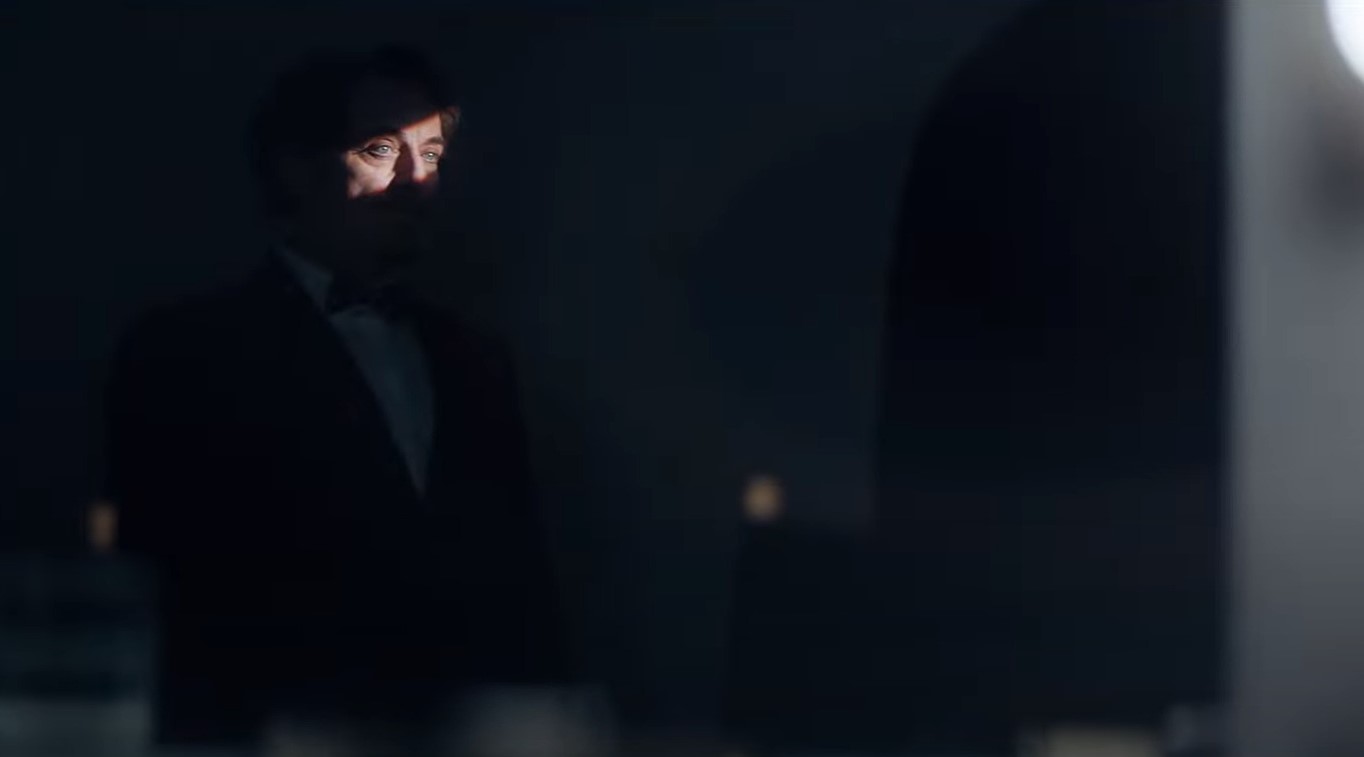
In an interview, the writer of the film and the lead actor, Dana Abraham, suggests that the characters of Laila and Denver act as the ‘angel and the devil’ on Clay’s shoulder. The Angel vs. Devil on one’s shoulder is a plot device often used to showcase the good and the bad in any situation to a character and acts as the dichotomy of good and evil inside the same character’s subconscious. The Angel— in this case, Laila, guides Clay towards working through his trauma and finding peace and stability.
Meanwhile, Denver— the devil— is almost a manifestation of Clay’s very same trauma, which leads him down a tragic maniacal path. The plot uses Denver as a reflection of the dark and demented part of Clay. This other identity of Clay is shaped by his childhood traumas, wherein though he is portrayed to be ‘the favorite’ of his father, he still suffers abuse and damage by his actions. Even as Clay escapes this abuse by leaving his family, he develops a ‘voice in his head’ that constantly rings with self-doubt and homicidal thoughts. The Denver Kane we see in the movie embodies that same voice inside Clay’s head.
Does Clay Kill His Family?
After the family gets together, it’s only a matter of time before the first murder happens. James becomes the first victim of a series of killings on their first night together at Clay’s estate. Benny is the next to go, and by the time it gets to Clarissa, the plot finally divulges the face of the killer: Denver Kane. As Clay’s insanity progresses, however, we realize that Denver Kane is an invention of Clay’s trauma and that Clay himself is responsible for all the cold-blooded murders.
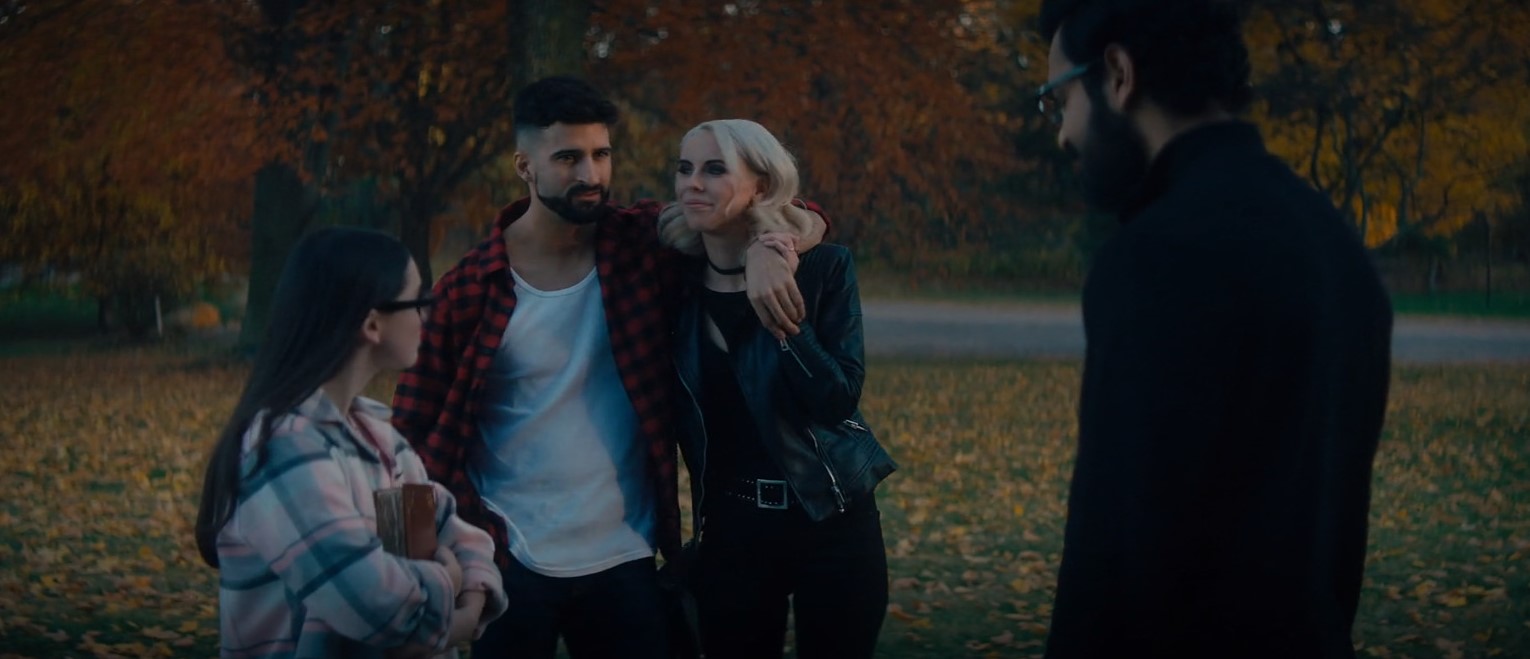
Denver Kane, again representing the homicidal part of Clay, chases down Blair as an unbalanced and crazed Clay tries to stop it. Ultimately, Clay’s insanity wins out, and Blair is killed. In the end, alone and with no one left to save, Clay turns to his father’s ghost and his trauma and kills him as well. The end to the thrilling slasher plotline. However, it is immediately followed by Clay’s therapy session. He has worked through his past and traumas— it’s a breakthrough. It was all in his head, an allegory for the trauma he had suffered at the hands of his family.
In reuniting and eventually killing them in the estate within his head, he killed the trauma they had knowingly or unknowingly inflicted upon him. But still, the question remains: Did he or did he not kill his family? The answer to that comes from a shot of a newspaper article shown toward the movie’s climax. It’s a picture of his father alongside his brothers and Clarissa with a title that reads, “Media Mogul Murders Family.” This is Clay’s past that is so often referenced in the movie’s first act. This is the trauma he has to overcome: His father murdered his family, and he blames himself for it because he couldn’t save them.
What is The Significance of The Neon Lights?
Throughout the movie, neon hues and lighting is used. In one sense, they work as a stylistic choice that expands upon the cinematography of the movie, but thematically they play a much different role. In the story, each character is given a separate room that is lit up by a different neon color. Colors are often used as literary devices to convey emotions and concepts, and by associating a specific color with every character, the movie attaches certain ideas to them. Pink, for Blair, represents an innocence that Clay relates to the young girl. At the same time, it also enforces a lack of self-reliance and worldview. James gets Green, the color of envy and greed. Both attributes are showcased by the character in his time around Clay. He’s envious of Clay’s success and wants to benefit from it in some way.
Similarly, Benny’s room is red because, in Clay’s mind, he’s a stand-in for anger. He’s physically abusive and prone to lashing out, with his actions always backed by his violent anger. Lastly, Purple— Clarissa’s color, symbolizes a sense of trust and admiration. It is also a color closely linked to femininity, illustrating Clay’s attraction to her. All these neon-lit backdrops assigned to the characters are directly determined by their meaning in Clay’s life.
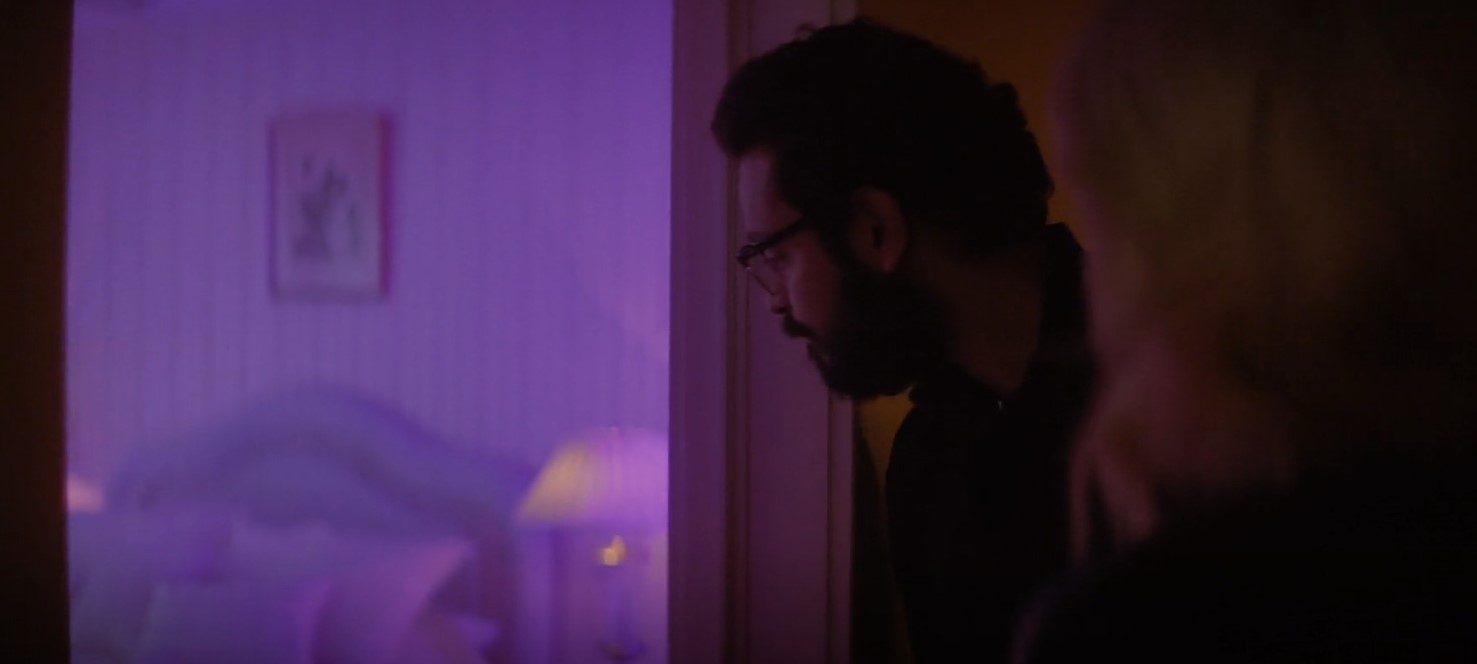
The neon lights in the film further the story’s narrative in Clay’s head, where everything and everyone are meticulously placed in the respective boxes they occupy within his mind. Neon colors are usually used as a warning of danger, and their usage throughout the movie enforces the suspicious, threatening nature of the story. They are also characteristically very intense colors. The reason these colors exist in the neon inside of Clay’s mind is that due to his trauma and his issues, he feels everything too intensely. He’s always on the verge of a mental collapse, barely holding himself together.
“All that we see or seem is but a dream within a dream.” Words taken from Edgar Allen Poe’s poem titled, ‘A Dream Within a Dream’ are used by the film as parting words to bestow upon the audience. The quote epitomizes the character of Clay, who spends so much of the movie trapped inside his mind and his traumas. It encourages the audience to question the events’ plot and reliability and exactly how real they actually are. In the movie’s final scene, when Clay departs from his therapy session, it is filled with satisfaction and closure. However, the film ends with a shot of Denver Kane— the omen of Clay’s traumas, literally in the driver’s seat of Clay’s life. The damage never truly disappears; his childhood trauma will forever plague Clay’s life.
Read More: 20 Best Psychological Thriller Movies of All Time

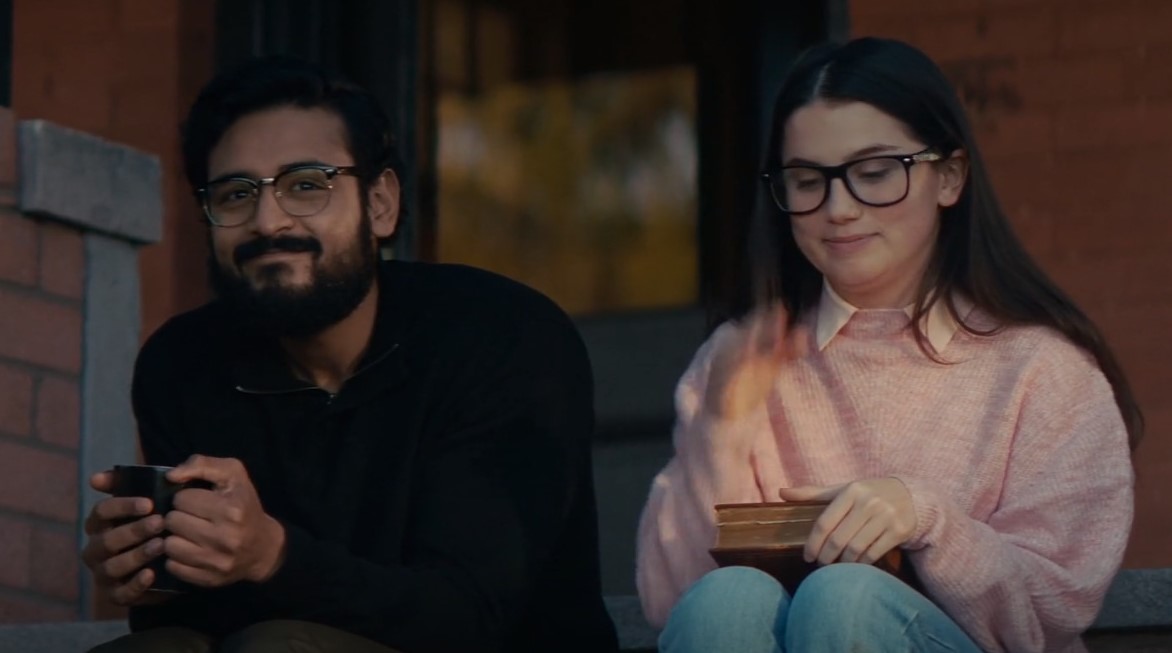
You must be logged in to post a comment.